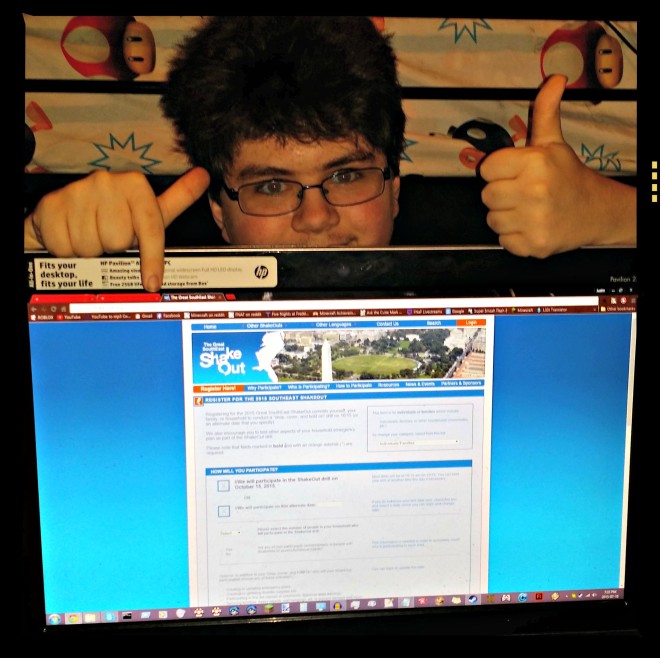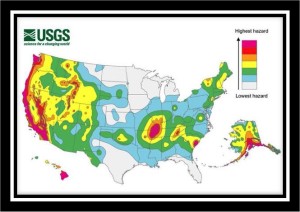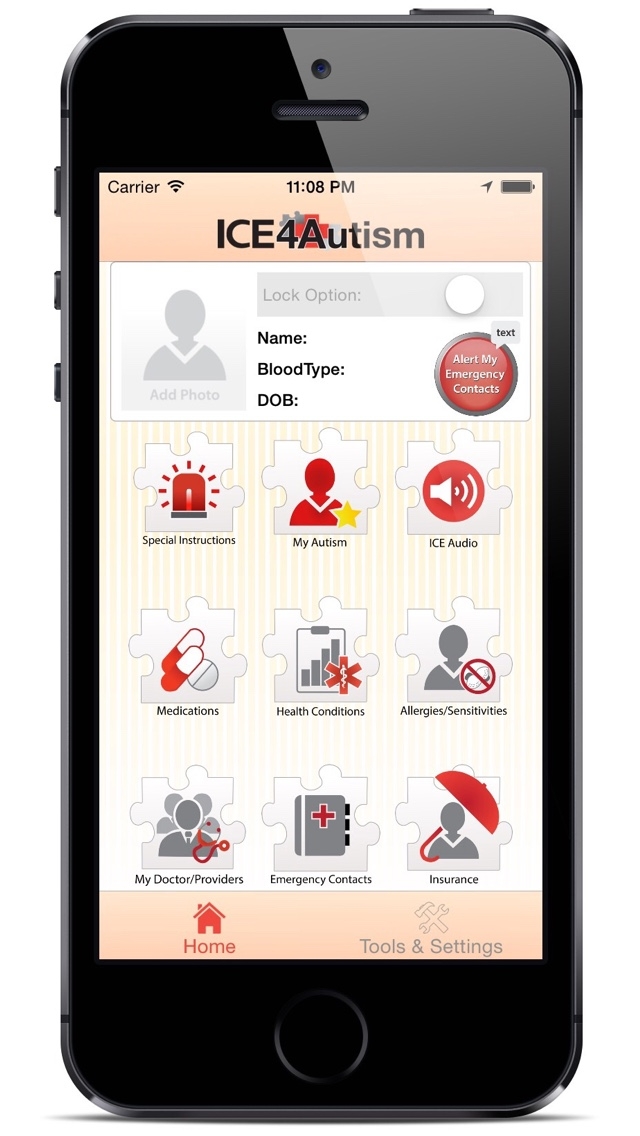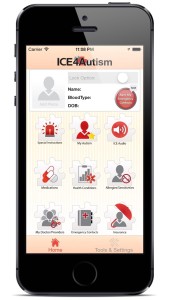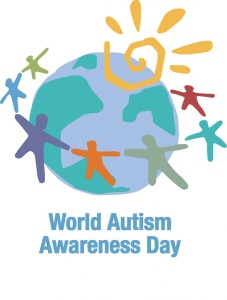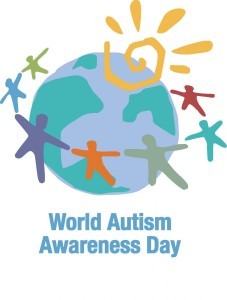 Everyone, everywhere, should know how to protect themselves, their family and their business in an earthquake. As a CERT member and vocal disaster preparedness advocate, I’m thrilled to be participating with my family in the world’s largest earthquake drill.
Everyone, everywhere, should know how to protect themselves, their family and their business in an earthquake. As a CERT member and vocal disaster preparedness advocate, I’m thrilled to be participating with my family in the world’s largest earthquake drill.
Earthquakes have certainly been a huge topic both in the news and in Hollywood. The April 2015 Nepal earthquake killed more than 9,000 people and injured more than 23,000. San Andreas, a 2015 disaster film, portrays how a seemingly ideal day turns disastrous when California’s notorious San Andreas fault triggers a devastating, magnitude 9 earthquake, the largest in recorded history. While the Nepal earthquake is an unfortunate reality, thankfully the movie San Andreas was mainly fiction. To help learn more about earthquake facts the several organizations have offered many resources, including for those who have family members with Autism or other needs. (I recommend that my readers go here first for information.)
I’m in Atlanta, Georgia. You may be thinking, “Atlanta? Earthquakes? I can see being prepared for a tornado, but come on. Georgia doesn’t have earthquakes.” It’s that kind of “it won’t happen to me” thinking that gets us all in trouble when it comes to emergency preparedness. Guess what – in the past year alone, Georgia has experienced seven earthquakes. In my research I also found a great deal of Georgia earthquakes that caused significant damage dating back to 1811.
The USGS provides much information about earthquakes on their website. Click
Even if earthquakes are rare where you live, they may happen where you or your family travel. While earthquake hazard varies from region to region, most of the Southeast really is prone to earthquakes. You could be anywhere when an earthquake strikes: at home, at work, at school or even on vacation.
What you do now will determine your quality of life after our next big earthquake. Are you prepared to survive and recover quickly?
What is Great ShakeOut?
 Great ShakeOut Earthquake Drills are an annual opportunity for people in homes, schools, and organizations to practice what to do during earthquakes, and to improve preparedness.
Great ShakeOut Earthquake Drills are an annual opportunity for people in homes, schools, and organizations to practice what to do during earthquakes, and to improve preparedness.
By participating, you and your family can practice how to be safer during big earthquakes: “Drop, Cover and Hold On.” The ShakeOut has also been organized to encourage you, your community, your school, or your organization to review and update emergency preparedness plans and supplies, and to secure your space in order to prevent damage and injuries. Below I have listed the Seven Steps to Earthquake Preparedness. You may wish to copy these bright images and laminate them as part of your family preparedness plan to have on hand as an aid for communication. Laminating them will help them to last longer.
Also, remember that when a disaster hits one should be ready to either shelter in place or evacuate. For children and adults with Autism that means extra care in planning is required. It is a good idea to communicate with your local First Responders about the needs of your family and share with them some tips on how to help a child or adult with Autism during these stressful situations.
Read about Apps to help with disaster response when your family has a member with Autism
Why Register for ShakeOut?
Not only will you find many safety tips, like having a disaster kit that applies to tornadoes and hurricane safety as well, but families with individuals with special considerations or are non English speaking will find a plethora of resources.
- Be counted in the largest-ever earthquake drill in the Southeast!
- Be listed with other participants in your area (Optional)
- Be an example that motivates others to participate & prepare
- Be updated with ShakeOut news and preparedness tips
- Have peace of mind that you, your family, your co-workers and millions of others will be better prepared to survive and recover quickly from our next big earthquake!
Don’t just register, get involved! Join the ShakeOut community and participate in the weekly Tweetchat on Wednesdays from 2-3 pm EST. This Wednesday, July 22nd, I will be tweeting live during the Tweetchat! Join me, @SpiritOfAutism, and be sure to use hashtags #ShakeOut and #DropCoverHoldOn. Don’t forget to upload pictures of you and your family registering for Great ShakeOut!
Seven Steps to Earthquake Safety
PREPARE:
- Secure your space (a list of how to do that here)
- Plan to be Safe (and review and practice your plan with your family members)
- Organize your disaster supplies – don’t forget to add any special objects that help your child to transition or feel more comfortable. Especially if you are relocated to a shelter or another’s home.
- Minimize financial hardship. Remember that your basic home or renter insurance most likely will not cover earthquakes.
SURVIVE and RECOVER
- Here is where you Drop- Cover and Hold On! Remember to practice this during the ShakeOut drill and several other times during the year.
- Improve Safety. After an earthquake happens be sure to check on people nearby for any injuries. Evacuate if need be.
And after the Earthquake happens Step 7 is to Recover and Restore with daily life by repairing anything broken and assuming daily routine when possible.
Images for use and download to help with communication and to create social stories:
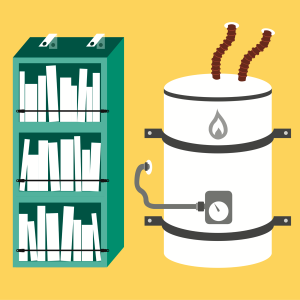 |
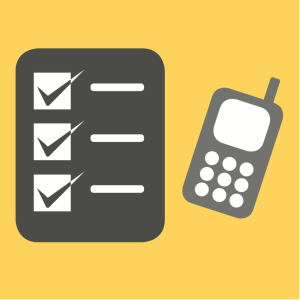 |
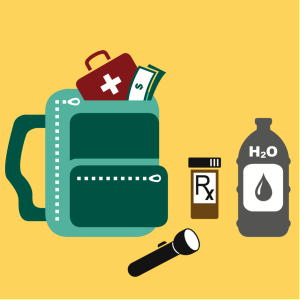 |
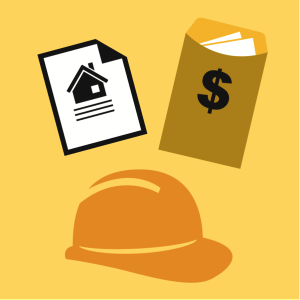 |
 |
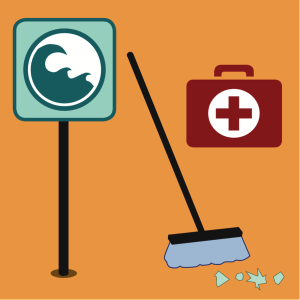 |
 |

